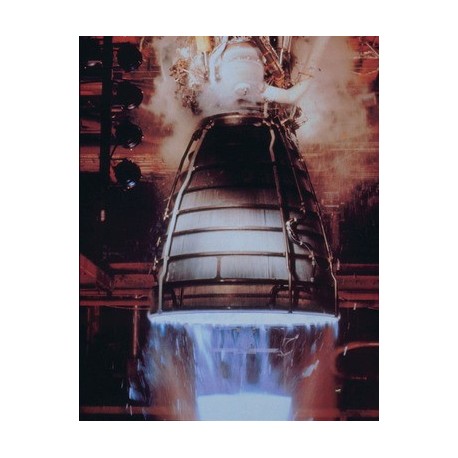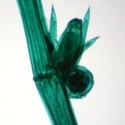No products
Prices are tax excluded
 View larger
View larger The Physics of Spaceflight, Part 1
New product
Part 1 of the Physics of Space Flight Series covers, Acceleration Machines and Launching a Space Vehicle.
In Stock
By buying this product you can collect up to 28 loyalty points. Your cart will total 28 points that can be converted into a voucher of $4.20.
Volume discounts
| Quantity | Discount | You Save |
|---|---|---|
| 2 | 3% | Up to $6.57 |
| 3 | 5% | Up to $16.42 |
30 minutes
The Physics of Space Flight Series is a three-part video program which presents physics principles as they apply to space flight and space related events. The program’s photography was provided entirely by NASA, affording a great deal of spectacular footage accompanying the physics principles being illustrated. Computer animation and the use of graphics also assist in presenting physical concepts. The program was designed for use by high school physics classes and introductory level college physics courses.
Part 1: Acceleration Machines, Launching a Space Vehicle: Newton’s Laws of Motion, Kinematics, Conservation of Energy & Momentum, Power, Aerodynamic Effects.
This program details the physics involved in launching a space vehicle. The Space Shuttle and Saturn V launches are dynamically examined in terms of the vehicle’s thrust, changing weight, net force, acceleration, and velocity throughout the initial stages of ascent and injection into orbit. The dynamics of launching a rocket from the earth’s surface is contrasted to the lift-off of the Lunar Module from the surface of the moon. The rocket engine principle is discussed in terms of Newton’s Third Law of Motion. Newton’s Second Law of Motion, expressed in terms of momentum, is used to find the magnitude of thrust produced by a single Space Shuttle main engine. Launch trajectories and the effect of the earth’s rotation on launching a rocket into orbit are also explained.









